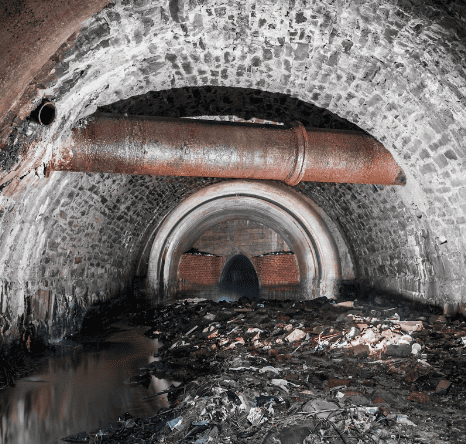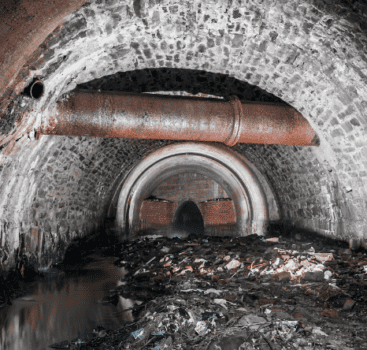Transforming an old, cracked pipe into a new, jointless and corrosion-resistant one is not simple. In this blog, we’ll provide an overview of the three major phases of a pipe relining project: pipe inspection, lining installation and reinstatement.
Pipe Inspection
The first step in the drain lining process is inspecting the damaged pipe to determine the location, length and extent of the damage. This is typically done by inserting a specialised camera, or a water pipe robot, into one of the access points of the pipe system. The camera transmits video to a truck on the surface to allow technicians to see cracks, breaks, root infiltration and other damage. This inspection allows them to custom cut and impregnate lining that will match the pipe dimensions precisely.
Lining Installation
Once the inspection is complete, the next phase is to install the custom-fitted epoxy-resin-impregnated liner inside the damaged pipe. The soft, flexible lining tube is pulled through the pipe with ropes to make sure it is situated correctly without any folds or creases. The tube is saturated with thermosetting resin, so once it reaches the right position, technicians use hot water or steam to initiate the curing and hardening of the resin and this causes it to adhere tightly to the old pipe walls. For drain lining Oldbury has many professionals such as https://www.wilkinson-env.co.uk/sewer-repairs-drain-lining-concrete-cutting/drain-repairs/oldbury/ who can offer lining and repairs.
Finishing and Reinstatement
The final step is to reconnect any branching lateral pipes once the lining installation and curing are fully complete. Technicians open up previously-marked lateral locations using a remote-controlled robotic cutter. The smooth, jointless liner now forms the new inner pipe providing improved flow capacity and sealing the old damaged conduit. The drain can then resume normal service, but now all defects have been repaired from the inside.



